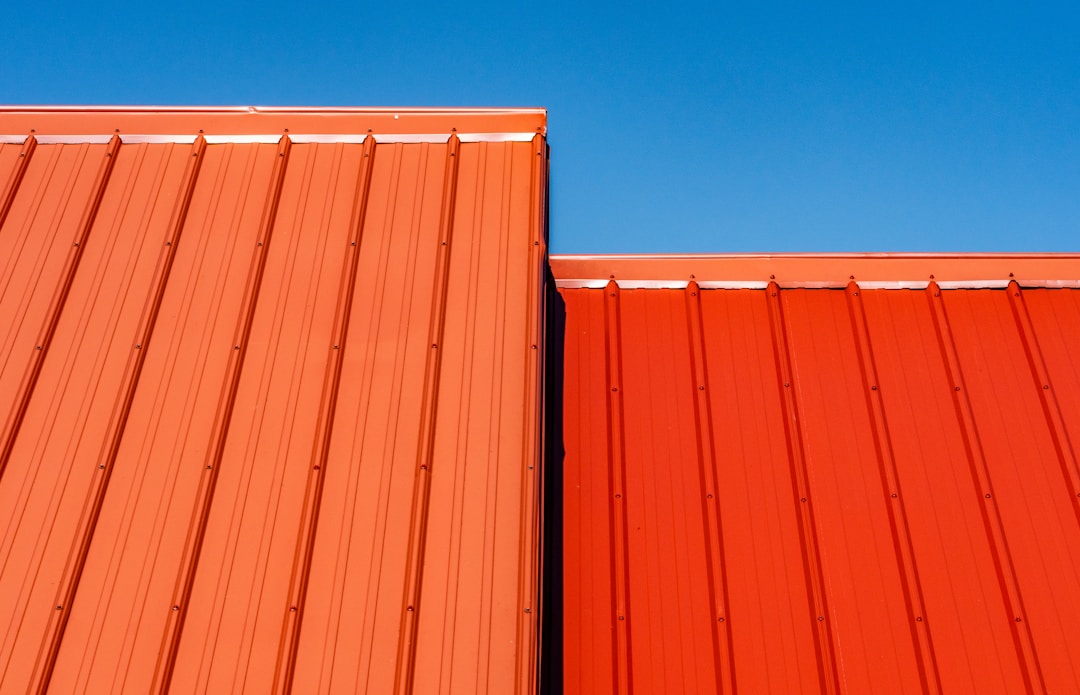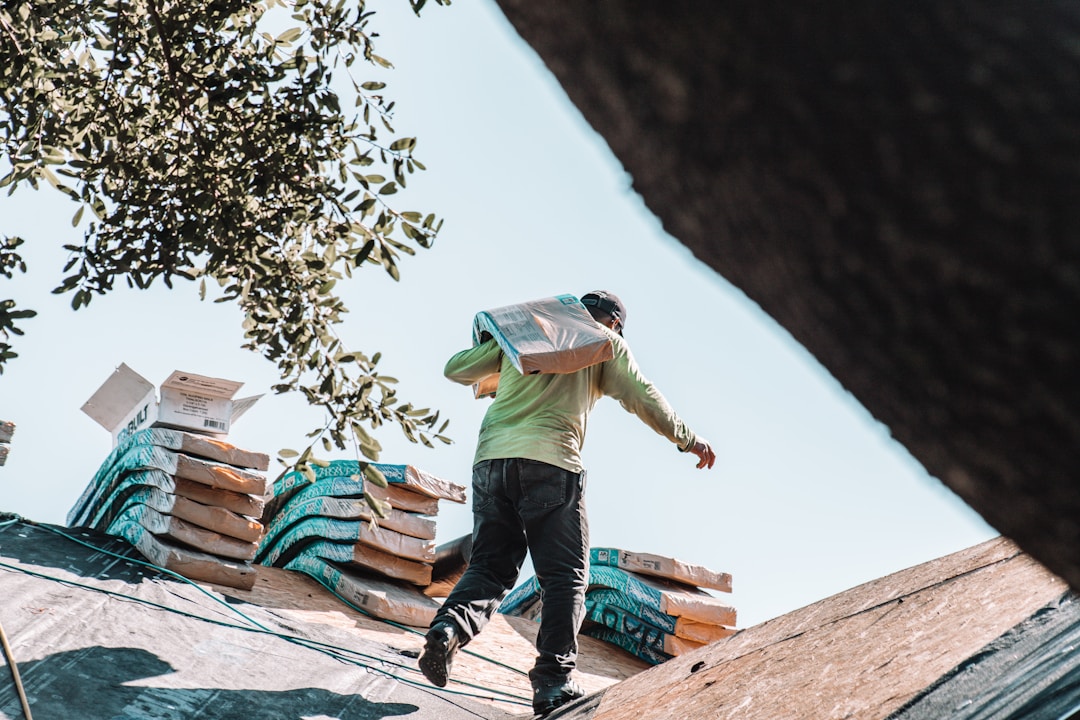As a homeowner, an important aspect of property maintenance is investing wisely in your roof. Whether you’re looking to enhance the value of your investment or simply require a weatherproof cover, installing a metal roof offers multiple benefits. However, before you dive into this decision, it’s crucial to understand the costs involved. After all, a metal roof isn’t cheap and can impact your budget in the long run. Fortunately, calculating the cost of installing a metal roof can help you make an informed investment. In this post, we’ll explore useful tips to help you estimate the costs associated with metal roofing. Keep reading to learn more.
Determining Costs With a Roofing Cost Calculator
While manual calculations for your metal roofing project can provide a rough estimate, using an online tool can simplify the process and provide more accurate results. A metal roofing cost calculator can help you determine the total expenses for your project, taking into account factors such as materials, labor, and regional pricing variances.
By inputting the specifics of your project, such as the square footage, roof type, material, and installation method, you can receive a detailed breakdown of the costs involved. This makes it easier to budget for your project and make informed decisions about the materials and options that best suit your needs and financial constraints.
Some estimates may not include every variable for your specific project. Always consult professional contractors to verify estimates and ensure a comprehensive understanding of your overall expenses.
Understanding the Factors That Influence the Cost

Various factors can affect the cost of installing a metal roof. First, the material being used can significantly influence the price. Metal roofing is available in several types, such as steel, aluminum, copper, and zinc, each with different price points. Steel and aluminum remain the most popular choices, owing to their durability, resistance to corrosion, and affordability.
Next, the complexity of the roof’s design also plays a role in determining the cost. Complex designs, such as those with multiple levels, dormers, or valleys, require more intricate work and materials, resulting in higher costs. Similarly, the pitch of the roof can impact the total expenses, as steeper slopes often require more labor and specialized equipment.
Lastly, the location of your property, local labor rates, and transportation costs for the materials can also influence the overall cost of your project. Regions prone to severe weather conditions may have higher roofing costs due to increased demand for durable roofing materials and specialized installation techniques.
Calculating the Cost of Materials
To calculate the cost of materials for your metal roof, you will need to determine the total square footage of the roof. This is typically calculated by multiplying the length and width of each roof area, then adding them together. Once you have this figure, you can estimate the cost of the metal roofing material by selecting a type and checking its unit price. Keep in mind that additional materials, such as underlayment, flashing, and ventilation components, will also add to the overall expenses.
The type of fastening system used for the metal roofing installation will also affect the cost. Some systems, such as exposed fasteners, are less expensive but may require more maintenance in the long run. On the other hand, hidden fastener systems may be more costly upfront but offer improved aesthetics and performance.
When calculating the material costs for your metal roof, don’t forget to account for waste or overage. Roofing materials are typically sold in standard sizes, so you might need to purchase slightly more than your estimated square footage to account for cutting and fitting pieces. A good rule of thumb is to add around 10 percent to your material calculations to accommodate any waste or loss during the installation process.
Estimating Labor Costs
Labor costs for metal roofing installation can vary based on the experience and expertise of the contractor, as well as your region’s prevailing wage rates. The complexity of the roof installation, including the type of metal roofing material, fastening system, and any required customizations, will also contribute to the labor costs.
To get an accurate quote for the labor costs of your project, it’s best to consult with several local contractors and compare their offers. Be sure to obtain written estimates that outline the scope of the project, including labor, materials, and any other associated expenses.
When choosing a roofing contractor, don’t base your decision on price alone. Instead, consider their experience, reputation, and the quality of the materials they use. A well-executed installation by a reputable contractor can save you money in the long run by reducing future repair and maintenance costs.
Investigating Financing Options and Rebates

Installing a metal roof may require a substantial financial investment, but financing options and rebates can help ease the burden. Many roofing contractors offer financing arrangements in partnership with reputable lending institutions, enabling you to secure loans with competitive interest rates and flexible terms.
Another option is to explore available rebates from your utility company or local government. Metal roofing can contribute to energy efficiency due to its reflective properties, which can help reduce cooling costs during hot periods. Some jurisdictions offer rebates or incentives for installing energy-efficient metal roofing, which can help offset the initial expenses.
Contact your local utility provider or government offices for information on available rebates and incentives.
Comparing the Long-Term Benefits of Metal Roofing
Although the initial cost of installing a metal roof may be higher than other roofing materials, the long-term benefits should be considered when evaluating the overall expenses. Metal roofs have an average lifespan of 40 to 70 years, depending on the material and installation quality. This longer lifespan can result in lower lifetime costs when compared to other roofing materials that require more frequent replacement.
Additionally, metal roofs tend to have lower maintenance costs due to their durability and resistance to rot, pests, and fire. This can translate to significant savings in upkeep expenses over time. Metal roofing also boasts excellent energy efficiency, potentially leading to reduced energy bills and further cost savings.
When considering the long-term investment of installing a metal roof, it’s a good idea to weigh the initial expenses against the benefits it offers. In many cases, the long-lasting durability, low maintenance requirements, and energy-efficient performance of metal roofs justify the higher upfront costs.
Maximizing Efficiency and Minimizing Waste During Installation

Another consideration when estimating the cost of installing a metal roof is efficiency. Proper planning can help minimize waste and maximize the use of materials, leading to lower overall expenses. Detailed measurements, accurate cutting, and precise fastening techniques are crucial to ensuring efficient and waste-free installation.
When evaluating potential contractors to complete your metal roofing installation, inquire about their approach to materials management and waste reduction. An experienced and conscientious roof contractor will prioritize efficiency throughout the project, helping to minimize excess material costs and labor expenses.
Lastly, consider recycling or repurposing any waste materials generated during the installation process. This is not only environmentally responsible but can also potentially save money by reducing disposal fees or even generating revenue through the sale of scrap metal.
Calculating the cost of a metal roof installation requires a comprehensive understanding of the various factors that contribute to the overall expenses. By researching materials, labor rates, and installation techniques, you can more accurately estimate the cost of your project. Using tools like a roofing cost calculator, exploring financing options and rebates, and recognizing the long-term benefits of metal roofs can help you make informed decisions that best suit your needs and budget.












